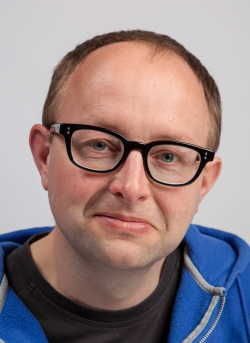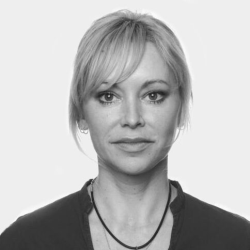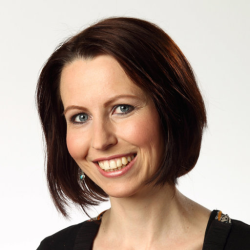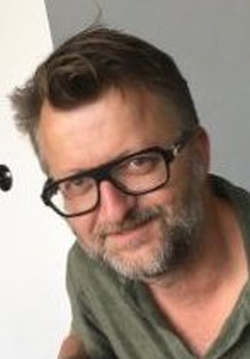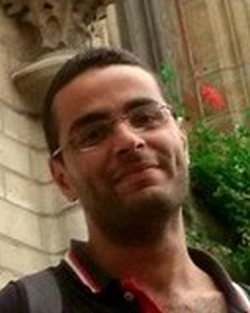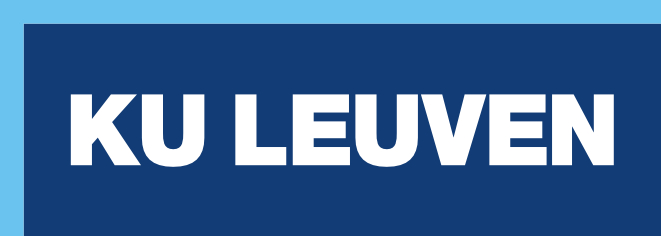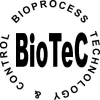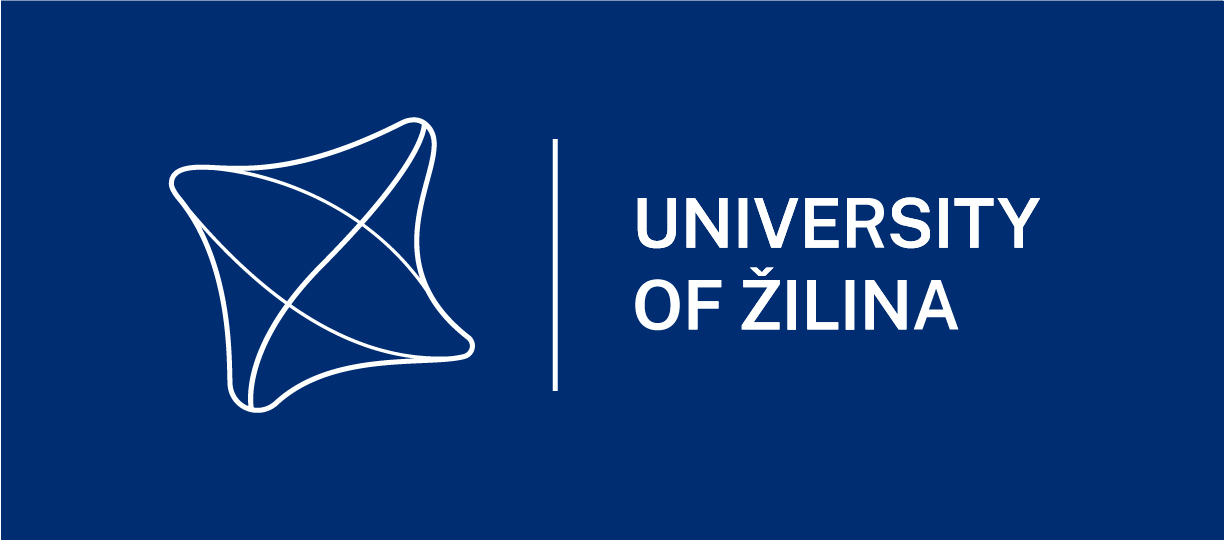Keynotes
Combining Experimental and Modelling Approaches for Spray Drying of High-Quality Powdered Food Ingredients
Abstract
Processing of concentrated liquid formulations into dry powder is a common operation in food industry. You may think about spray drying of a concentrated dairy formulation into a powdered infant formula. While such an operation is common, it is often based on empirical knowledge and optimized via trial and error. In this presentation, I will share our experimental & modelling approaches to study and unravel underlying dynamic phenomena that are critical to spray drying. We ultimately aim to develop mechanism-based guidelines for spray dryer optimization that can result in breakthroughs in terms of product quality and/or energy efficiency. For this, we develop small-scale drying set-ups using sessile single droplets or thin films to study amongst others the process of particle morphology evolution during spray drying. Along with this, we model the drying and rheological phenomena responsible for particle structure formation. Finally, we validated our insights at the pilot-scale. We could relate drying conditions to particle structure formation with advanced morphology analysis.
Short Biography
Dr. ir. M.A.I. Schutyser is Associate Professor (UHD) at the Laboratory of Food Process Engineering of Wageningen University & Research. His research focuses on understanding behavior of concentrated and dry materials during (spray) drying, dry fractionation and 3D food printing. This helps to explore new operating windows for existing dry food processes and develop radical new dry processing routes. The aim is to deliver better quality & healthier foods with more environmentally friendly processes compared to traditional processing. Dewatering and drying technologies represent in some cases up to 50% of the total energy consumption of foods but are indispensable for food preservation and global distribution of food ingredients. Dry and hybrid fractionation technologies can save up to seven times energy compared to traditional wet protein extraction and at the same time provide highly functional and clean label ingredients. The emerging technology of 3D food printing offers the potential to create novel food textures and healthier foods. It is also well suited for personalized and on-demand food production leading to less food waste generation in the chain.
Maarten Schutyser (co-)authored over 100 scientific peer-reviewed papers. He obtained his Msc and PhD degrees, respectively in 1999 and 2003 (both cum laude) at Wageningen University & Research. After his PhD he was employed by Akzo Nobel Chemicals and NIZO food research, respectively as a research technologist and group leader predictive modelling of foods. Since 2008 he is leading the Dry Food Processing group at the laboratory of Food Processing Engineering. He is also chairman of the Netherlands Working Party on Drying, an independent society that connects drying experts via networking events (www.nwgd.nl).
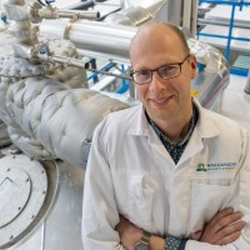
AFSG: Wageningen University & Research
Laboratory of Food Process Engineering
Wageningen, The Netherlands
